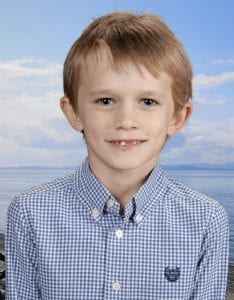Left to right: My sister, Me, my other sister.
Hey guys, and welcome back to my blog! We are on post number 4 of a five post series. In this post I’m going to focus on telling you the best things about music! Please check out my first, second, and third blog posts before reading this one.
I think that one of the best things in music is all of the complicated songs that you can eventually play. They make everyone happy around you, and they can make you happy, too! Another thing about music is that two different people that speak different languages can enjoy the same music, because music is a universal language. Music is also very cultural. The First Nations people of Canada enjoy their music too! I also love their music. Music can get you either pumped up or calmed down. If you’re going to a soccer game or something that requires a lot of energy, you could listen to more upbeat music. If you are going to bed or just reading a book or something, you could listen to chill music. Another thing is that you can play it when you are quite young. I have this video from a while ago of when I was playing piano. IMG_1509
Also, people can make AMAZING things with music. This is a video that my mom took of a self-playing piano. You hire a concert pianist to play from their home, and it shows up onto your piano! IMG_1511
Most people love music😍! Do you remember at 7:00 when people used to make some noise in honour of the front-line workers? On our street a bagpiper played, as well as my neighbour and I. My neighbour played ukulele, and I played trumpet. We played O Canada. Playing at 7:00 is something that I will remember for the rest of my life. That brings us to the end of my blog post. Thanks for reading!























